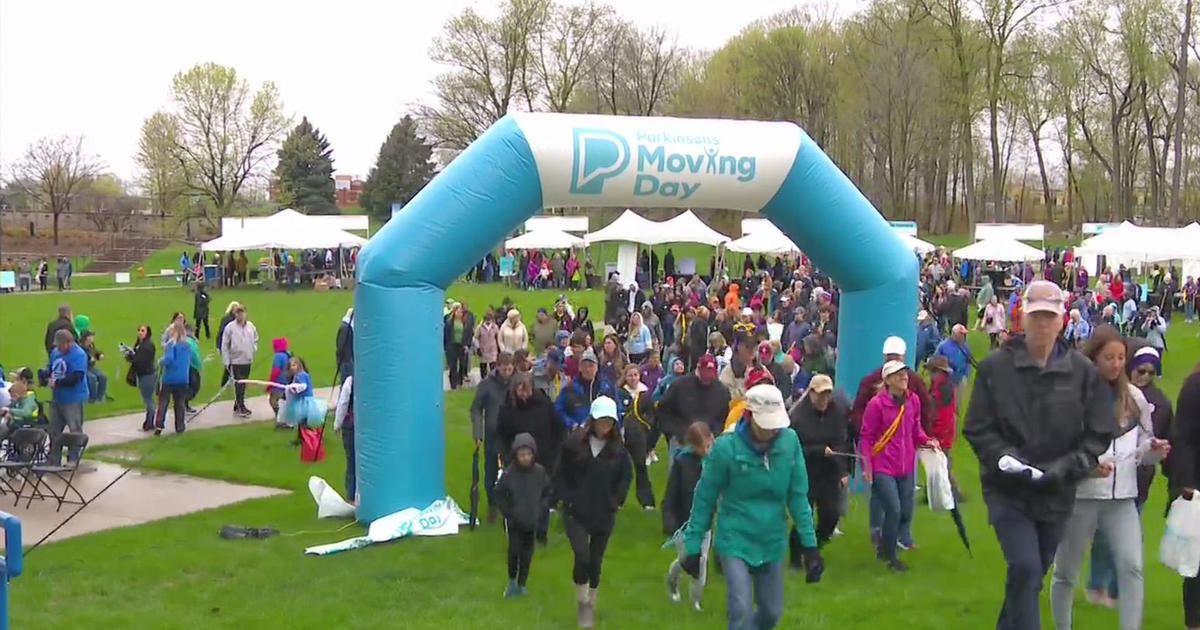How Do Ventilators Work?
MINNEAPOLIS (WCCO) -- One of the biggest challenges to battling the coronavirus is the limited number of ventilators available to hospitals.
"If you need an ICU and if that ICU is available with a ventilator and all of the things you need, you have a ten times greater chance of surviving this," Governor Walz said as he announced Minnesota's executive order to stay at home.
So, how do ventilators work? Good Question.
"The ventilator works to provide extra oxygen to people who need it and it allows the patients to exhale so that the carbon dioxide can be removed from the body," said Dr. Kealy Ham, a critical care and lung specialist at Regions Hospital.
There's a tube that does goes down the throat into the airways. How much oxygen a patient gets is based on their lung size, which is generally determined by their height.
Dr. Ham says COVID-19 patients on respirators often need them a week after symptoms first appear. They usually stay on them between seven and 10 days.
"Their body is tiring out and they need more support from the ventilator to help with their breathing," said Dr. Ham. "It can also be the case where people are not breathing at all and the ventilator will breathe for them."
Right now, Minnesota health officials are counting how many ventilators Minnesota currently has and how many more Minnesota will need.
"We're in the process of getting an estimate of projected need from all of our healthcare providers from around the state," MDH Commissioner Jan Malcolm said on Friday.
Medtronic announced it would be doubling its production of ventilators. Other ventilator manufacturers have announced plans to increase ventilator production as well.
Hospitals have looked at alternative to splitting a ventilator to use it on more than patient at a time. They've also considered refiguring anesthesia or bi-pap machines. Hennepin Healthcare says, right now, it uses about 50 ventilators each day. According to Dr. John Hick, Deputy Chief Medical director at Hennepin Healthcare, the hospital could double that number by reconfiguring machines.
"The bi-pap is what allows patients to get rid of carbon dioxide," said Dr. Ham.
Many WCCO viewers have asked about using CPAP machines as ventilators. According to Jayme Rubenstein, public relations director for ResMed, a major manufacturer of CPAPs, CPAP devices are designed to provide only positive airway pressure and would require significant rework to function as a ventilator.
"ResMed is exploring options for how its CPAPs could be reconfigured to deliver bilevel or ventilation therapy," Rubenstein said.



